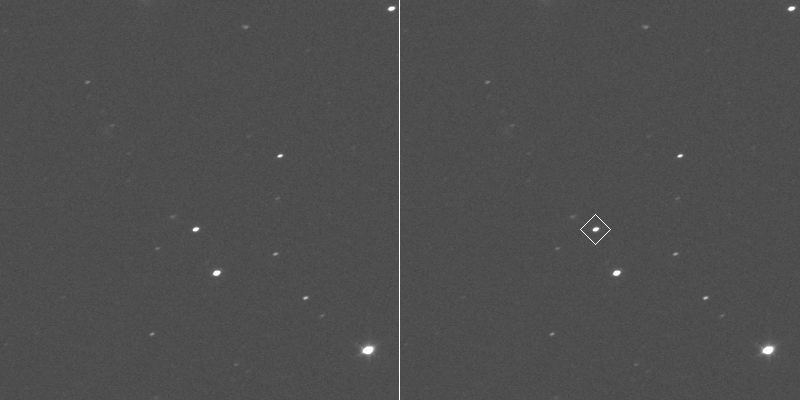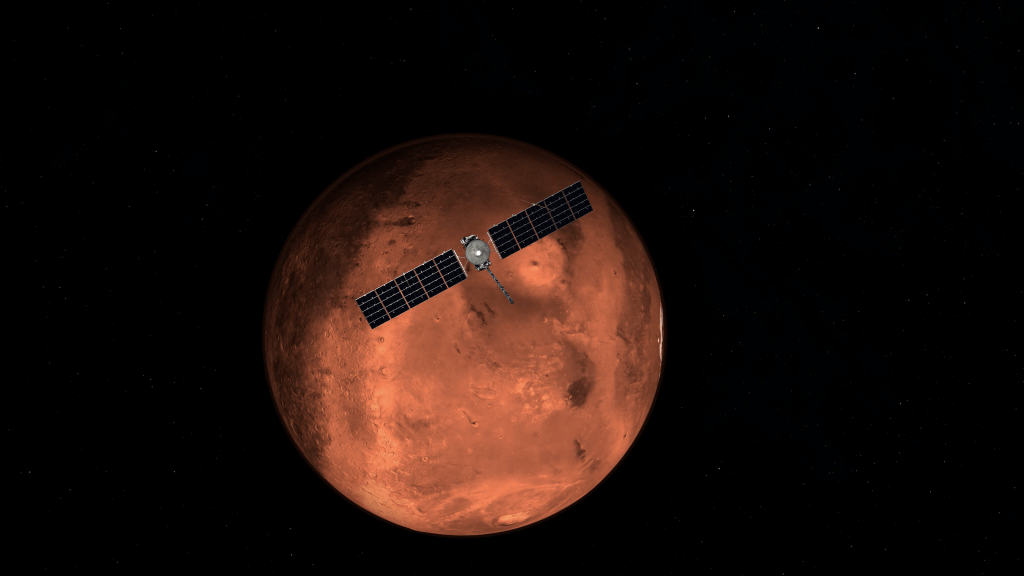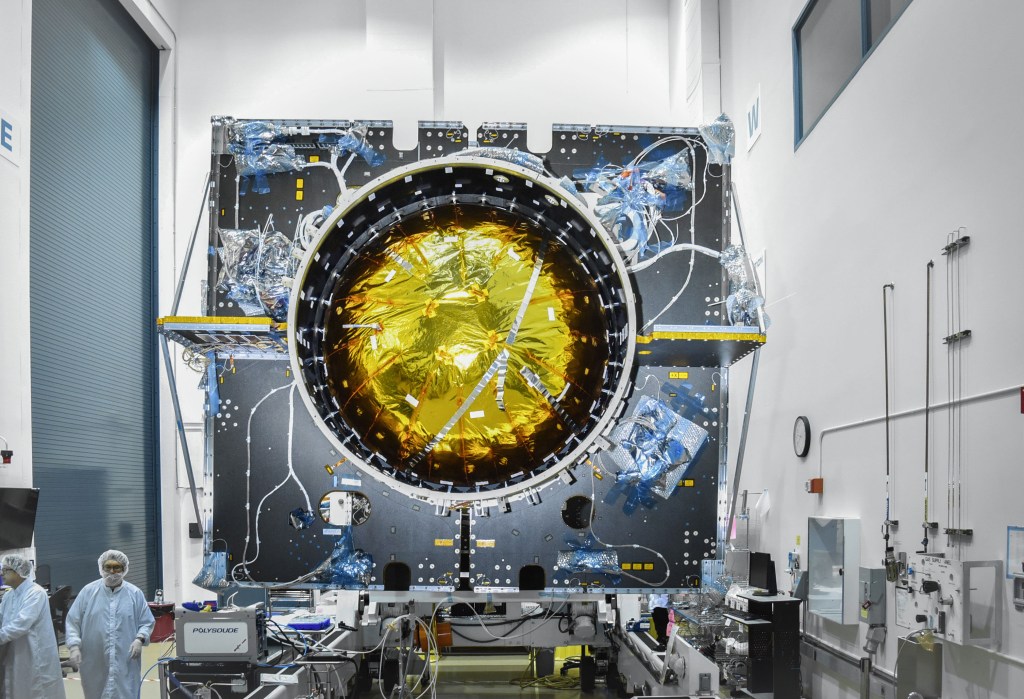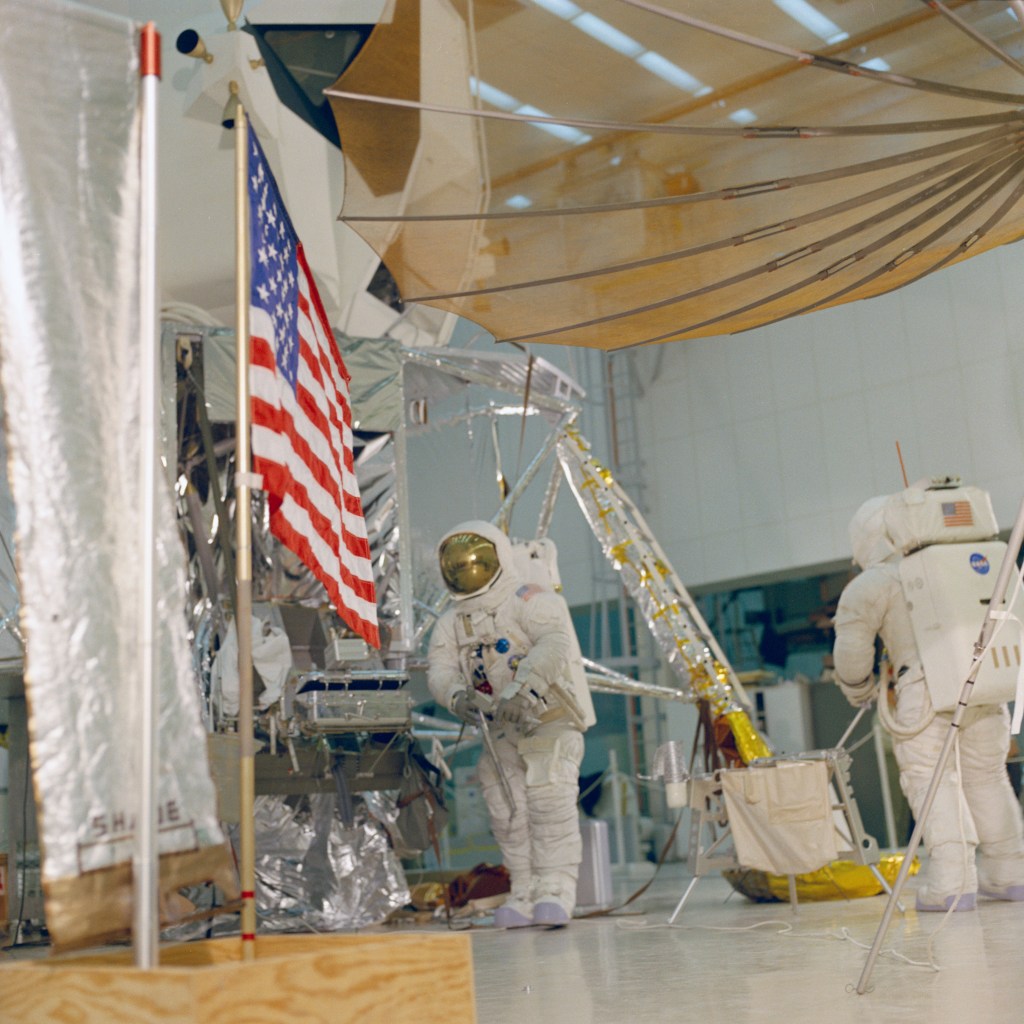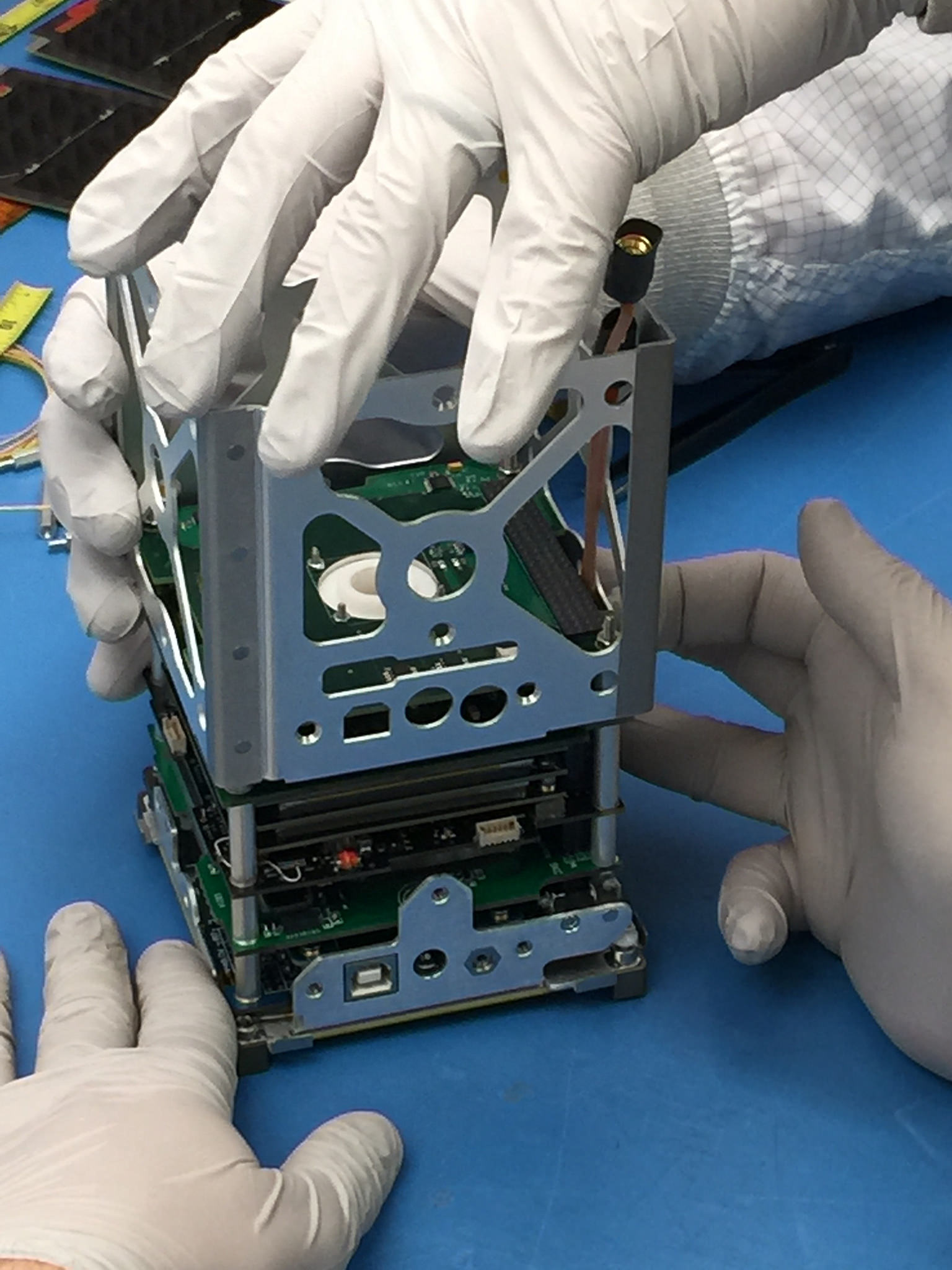
Accredited education institutions, nonprofit organizations and NASA centers can join the adventure and challenges of space while helping the agency achieve its exploration goals through the next round of the agency’s CubeSat Launch Initiative (CSLI). Applicants must submit proposals by 4:30 p.m. EST, Nov. 22.
The CSLI provides CubeSat developers with a low-cost pathway to space to conduct research that advances NASA’s strategic goals in the areas of science, exploration, technology development, education and operations. The initiative provides students, teachers and faculty with the chance to get hands-on flight hardware development experience designing, building and operating these small research satellites.
NASA will make selections by Feb. 17, 2017, but selection does not guarantee a launch opportunity. Selected experiments will be considered as auxiliary payloads on agency launches or for deployment from the International Space Station beginning in 2017 through 2020. If chosen, U.S. nonprofit and accredited educational organizations are entirely responsible for funding the development of the small satellites.
To date, NASA has selected 119 CubeSat missions, 46 of which have been launched into space. NASA has offered a launch opportunity to 95 percent of those selected through previous announcements, with 29 scheduled for launch within the next 12 months. The selected CubeSats represent participants from 32 states, demonstrating the significant progress NASA has made on a remarkable goal established during the 2015 White House Maker Faire, to launch a small satellite from at least one participant in every state during the next five years.
For this round of the initiative, NASA is particularly interested in participation from organizations in the District of Columbia, Puerto Rico, and 18 states not previously selected. These states are: Arkansas, Delaware, Georgia, Iowa, Kansas, Maine, Minnesota, Mississippi, Nebraska, Nevada, New Hampshire, North Carolina, Oklahoma, Oregon, South Carolina, South Dakota, Washington and Wyoming.
CubeSats are in a class of research spacecraft called nanosatellites. Base CubeSat dimensions are about 4-by-4-by-4 inches (10-by-10-by-11 centimeters), which equals one Cube, or 1U. CubeSats supported by this launch effort include volumes of 1U, 2U, 3U and 6U. CubeSats of 1U, 2U and 3U size typically have a mass of about three pounds (1.33 kilograms) per 1U Cube. A 6U CubeSat typically has a mass of about 26.5 pounds (12 to 14 kilograms). The CubeSat’s final mass depends on the selected deployment method.
Small satellites, including CubeSats, play a valuable role in the agency’s exploration, science, technology and educational investigations. These miniature satellites provide a low-cost platform for NASA science missions, including planetary exploration, Earth observation, and fundamental Earth and space science. They are a cornerstone in the development of cutting-edge NASA technologies like laser communications, satellite-to-satellite communications and autonomous movement.
NASA also is using small satellites to demonstrate and validate the vehicles, systems and protections humans need to live and work in space and on other worlds. They are an inexpensive means to engage students in all phases of satellite development, operation and exploitation through real-world, hands-on research and development experience on NASA-funded rideshare launch opportunities.
For additional information about NASA’s CubeSat Launch Initiative, visit:
https://www.nasa.gov/directorates/heo/home/CubeSats_initiative
To explore images from our previous launches, follow us on Flickr:
Find us on Instagram:
-end-
Tabatha Thompson
Headquarters, Washington
202-358-1100
tabatha.t.thompson@nasa.gov

